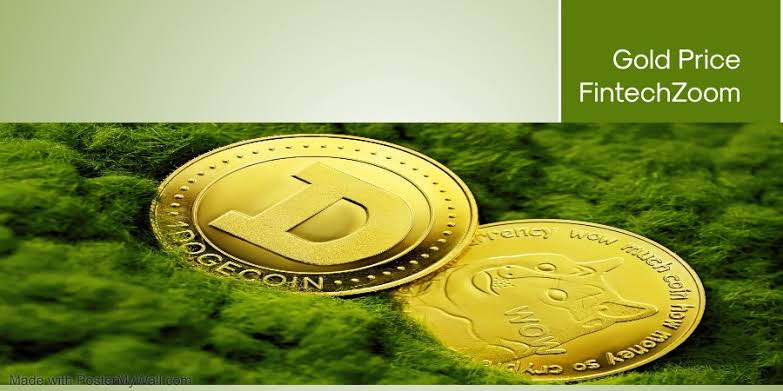Introduction to Gold Pricing
Gold has long been regarded as a safe-haven asset, attracting investors especially during times of economic uncertainty. The allure of gold is derived not only from its physical characteristics and historical significance but also from its performance as an investment. Understanding the dynamics behind gold pricing is essential for investors, economists, and enthusiasts alike.
Factors Influencing Gold Prices
Gold prices are influenced by a multitude of factors ranging from macroeconomic indicators to market sentiment. Here are some key drivers:
Economic Indicators
Interest Rates: Gold often has an inverse relationship with interest rates. When rates are low, gold becomes more attractive as the cost of holding gold decreases.
Inflation: Gold is often seen as an inflation hedge. Rising prices may lead people to buy gold, driving up its price.
Currency Values: The strength of the dollar significantly affects gold prices. A weaker dollar makes gold cheaper for holders of other currencies, potentially increasing demand.
Supply and Demand Dynamics
Mining Production: The amount of gold mined can affect its supply, albeit marginally because gold is largely recycled.
Central Bank Reserves: Many central banks hold significant gold reserves. Their buying or selling decisions can impact global gold prices.
Investment Demand: Investment vehicles like gold ETFs (Exchange-Traded Funds) allow investors easy access to gold markets, affecting its price by altering demand.
Geopolitical Uncertainty

Political and economic uncertainties often push investors towards gold. Conflicts, elections, and economic crises can all lead to increased purchases of gold due to its perceived stability.
Gold Pricing Trends and Analysis
Over the past decade, gold prices have seen significant fluctuations. For instance, during the financial crisis of 2008, and again during the coronavirus pandemic in 2020, gold prices spiked as investors sought safety amidst economic turmoil.
Historical Data Insights
Analysis of historical gold prices reveals patterns of sharp increases during times of economic distress followed by periods of stabilization. The post-crisis era often sees a correction in prices as markets stabilize.
Future Predictions
Predicting future gold prices involves analyzing current economic indicators, geopolitical stability, and market sentiment. With ongoing uncertainties in global markets, experts from FintechZoom suggest a cautious but optimistic outlook for gold in the coming years.
Investment Strategies
For investors looking to leverage gold in their portfolios, several strategies can be considered:
Diversification
Including gold as a small but significant portion of an investment portfolio can provide diversification benefits, reducing overall portfolio risk.
Direct Investment
Investors can buy physical gold, such as bars or coins, but this involves considerations regarding storage and insurance.
Gold ETFs and Mutual Funds
These provide easier exposure to gold prices without the logistical challenges of handling physical gold.
Futures and Options
More sophisticated investors might consider gold futures or options to hedge against price movements or to speculate.
Conclusion
Gold remains a complex and fascinating asset class that draws attention across the financial spectrum. Understanding its price drivers, historical trends, and investment methods is crucial for anyone looking to invest in or analyze this precious metal. With insights from FintechZoom, investors are better equipped to navigate the nuances of gold investment in today’s economic landscape.


